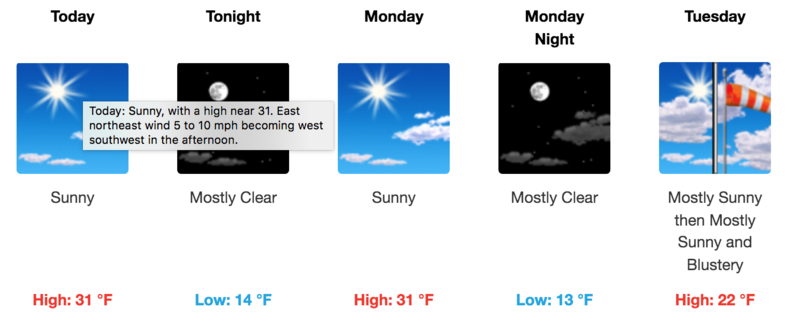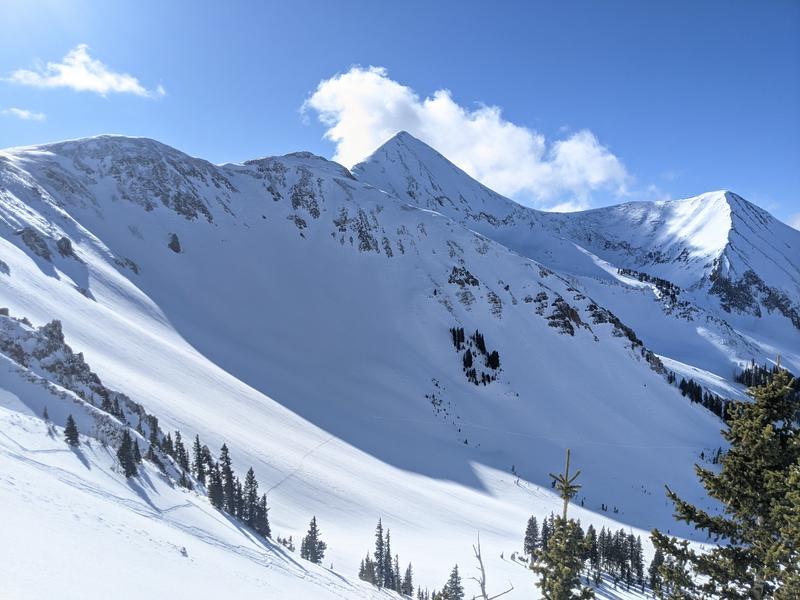Forecast for the Moab Area Mountains

Issued by Eric Trenbeath on
Sunday morning, January 23, 2022
Sunday morning, January 23, 2022
The avalanche danger is LOW on all aspects and elevations and generally stable snow conditions exist. Watch for unstable snow on isolated terrain features, particularly in areas of steep, rocky, and extreme terrain.
Hard snow conditions exist and dangerous "slides for life" are possible. Be mindful of your exposure on steep slopes with firm snow, and consider carrying a tool for self arrest in the high country.

Low
Moderate
Considerable
High
Extreme
Learn how to read the forecast here









